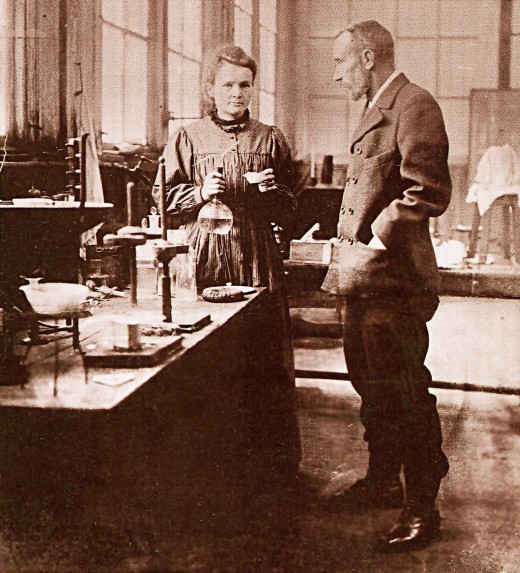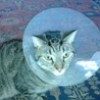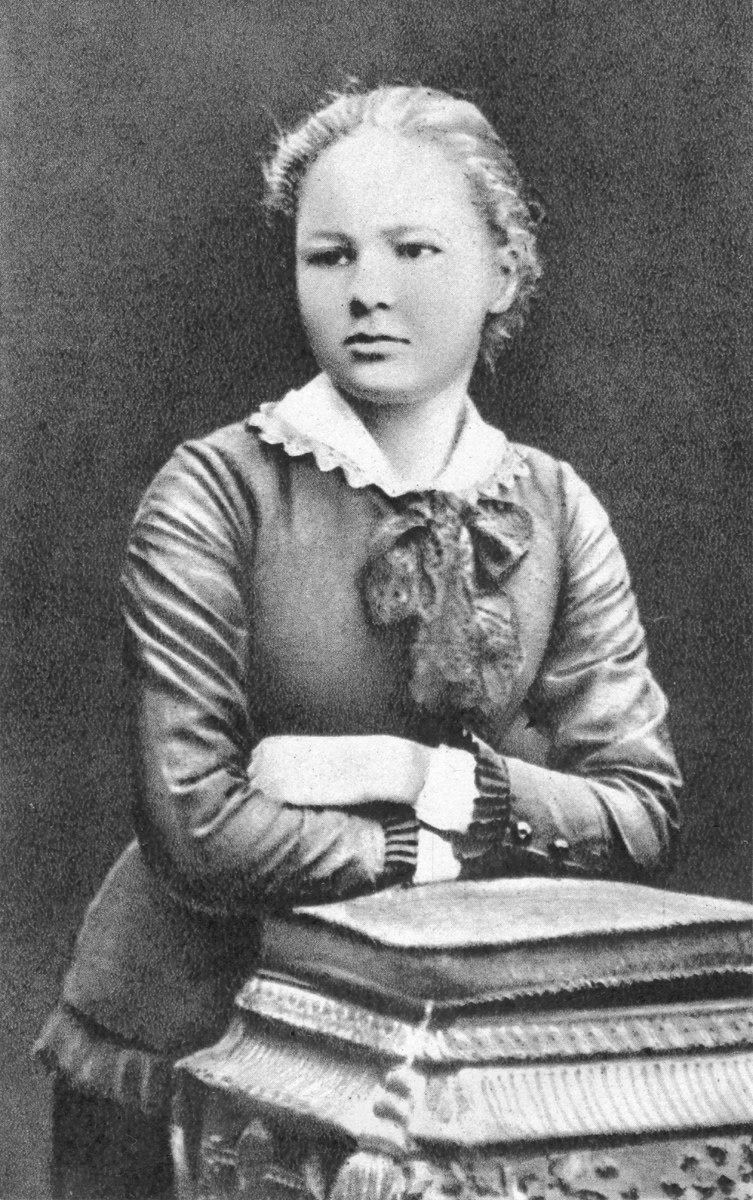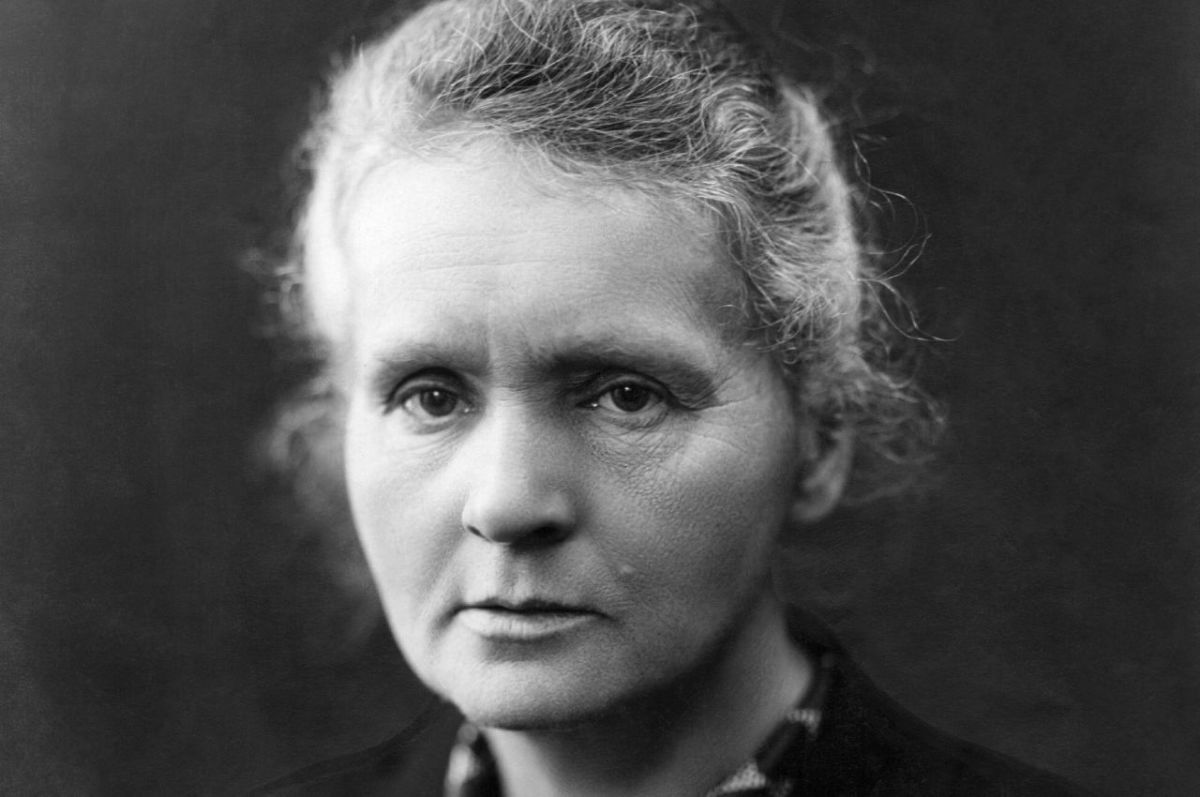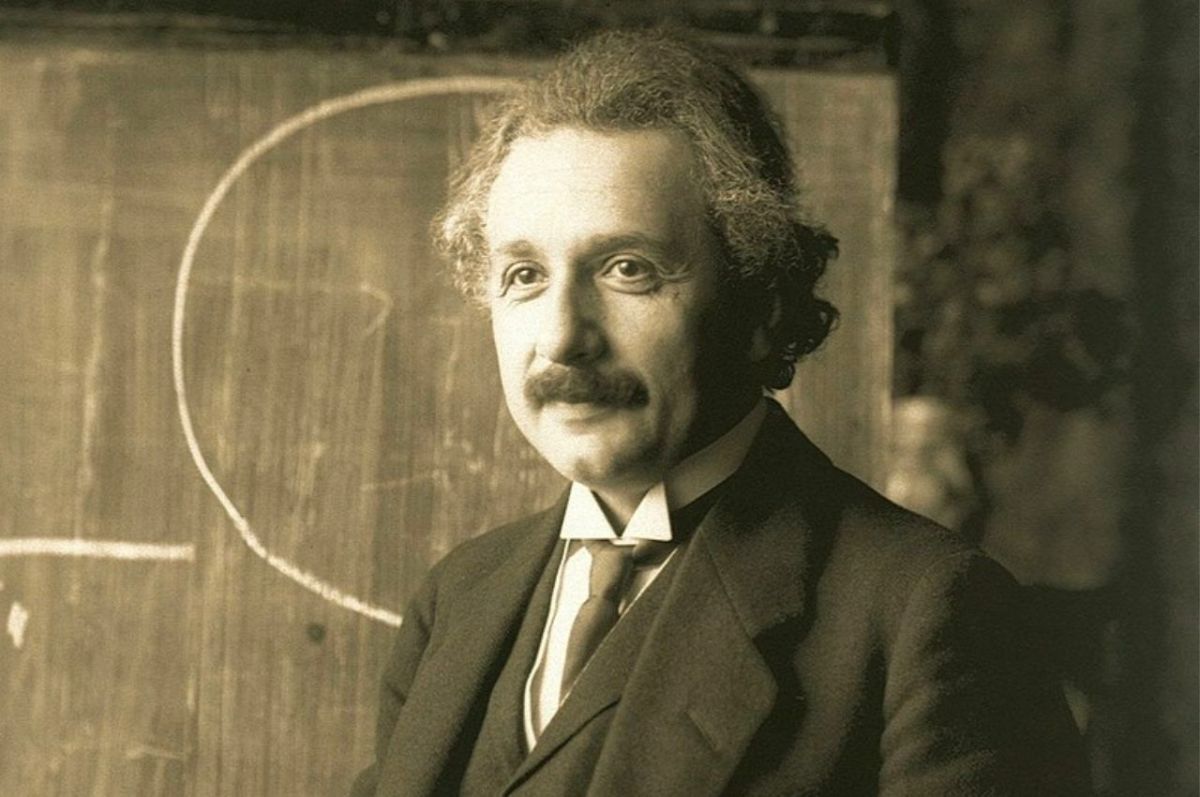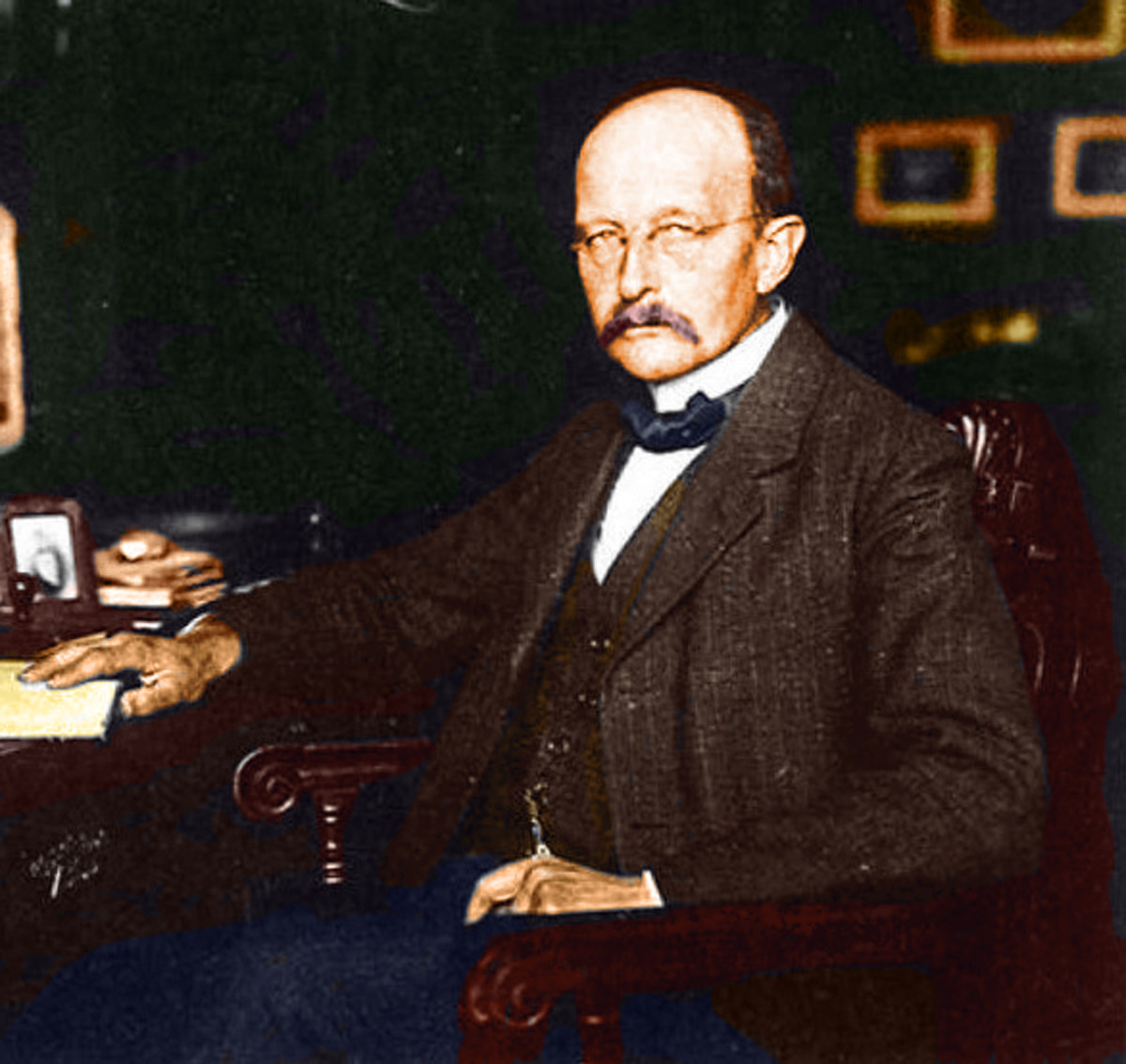Radiant Lady: Madame Curie
Madame Curie, Nobel Prize Photo
![By Nobel foundation [Public domain], via Wikimedia Commons By Nobel foundation [Public domain], via Wikimedia Commons](https://usercontent1.hubstatic.com/8807134.jpg)
The Mother of Radiology
Maria Sklodowska was a genius. It’s likely that no one knew that, attributing her massive intelligence to her father, who was a teacher of both math and physics, but Maria in her own right was a genius. And it’s not an exaggeration to say that her discoveries changed the world.
Born on November 7, 1867 in Warsaw, Poland, Maria was the youngest of five daughters. When Maria was a child, her sister Zofia died from typhus, and several years later their mother died from tuberculosis. The family was constantly strapped for money, taking in borders in their home for the extra income. It is likely this is how Maria’s mother and sister became ill, and the trauma was so much that Maria renounced Catholicism, becoming agnostic as a result.
Maria was top of her class in all of her studies, but, because she was a woman, neither she nor her sister Broniaslawa were able to continue on to higher education. Not to be stopped, the sisters both enrolled in the underground Flying University, a school that operated out of sight of their Russian rulers and admitted female students. In time they graduated from the Flying University, and though both wanted to continue on to attend the universities at Paris, there was only enough money in the family to send one girl at a time.
Maria agreed to wait while Bronislawa went on to receive her degree in medicine, working as a governess at several different families in the meantime. In was while working at one particular home that Maria met and fell in love with Kazimierz Żorawski, a future renowned mathematician, but his family rejected the proposal. Maria was crushed.
Disappointing as the breakup was, it didn’t stop Maria from working and relentlessly studying, eventually getting a job as a lab assistant to her cousin, Józef Boguski. Finally, in 1891 Maria had enough money to travel to and enroll in the Sorbonne University of Paris.
Living in Paris was not easy for Maria, now called Marie; she had very little money to spend, and as a result was often weak from hunger. She worked nights as a tutor to pay for expenses, but that barely made ends meet, and Marie was often exhausted. Fortunately, by 1894 Marie had earned two degrees in physics, and now she was looking for a larger laboratory to work in. A friend of hers knew someone who had a lab she could share with, and introduced her to Pierre Curie, a physicist like herself.
It was only a matter of time before they fell in love, but Marie hedged at the thought of marriage; she had always assumed that she would return to Poland. At that, Pierre announced he would move there with her, but when Marie returned to Poland, she was denied entry to Krakow University because she was a woman, and returned to Paris at Pierre’s urging to receive her doctorate. Shortly afterwards they married in a civil ceremony, and the blue dress Marie wore to the wedding frequently became her work dress in the lab afterwards.
Soon after the wedding, Marie and Pierre threw themselves into their work—with a brief pause to welcome their daughter Irene into the world—and focused their work on radiology, a field so new that Marie herself coined the term “radiology.” Handling raw uranium ore with their bare hands, Marie and Pierre tested and researched the effects and types of radiation. Together they discovered radium (which Marie named due to its radiant glow) and polonium (which she named after Poland.)
Their successes were so great that in 1903 Marie, Pierre and their assistant Henri Becquel were all awarded the Nobel Prize for Physics—making Marie the very first woman in the world to win that prize in physics—and the Curies both received awards from the British Royal Society for science. One of Marie’s proudest moments was when she was able to adapt the X-ray into a much smaller machine that could be attached inside a truck that could be driven onto a battlefield. In World War 1, one hundred and fifty of these “X-Ray mobiles” were outfitted and driven onto the battlefield—including one driven by Marie herself! She organized twenty field hospitals, running them with her eldest daughter Irene’s help.
Unfortunately, her good luck couldn’t hold out forever. Neither Marie nor Pierre realized how dangerous handling uranium and experimenting with radiation could be; to this day their notebooks are still radioactive. Their hands were severally burned and blistered, but they weren’t aware of the damage being done inside. One day in 1905, a severely weakened Pierre stepped off a curb and collapsed into the street, falling right in front of a moving horse and cart. He did not survive.
Marie was grief-stricken, but she quickly pulled herself together; since she and her husband never patented their process for isolating radium (because she and Pierre wanted the process to be available to everyone), she had no additional source of income to support herself or her daughter. Marie promptly took over Pierre’s job as professor of physics at the School of Physics and Chemistry, becoming the first female professor in France. She continued her research on radiation, and in 1911 won her second Nobel Prize for her work, this time in chemistry for isolating radium. She opened the Radium Institute that same year, and the Curie Institute of Oncology opened in Warsaw in her honor in 1932.
Eventually, the radiation took its toll and Marie’s health began to steadily decline. She continued to work as hard as she could, going on tours to the United States to raise money for radiation research, even writing a biography on her husband. Finally, the time came when Marie could no longer work, nearly blind and her fingers crippled from radiation exposure. On July 6, 1934, Madame Curie died from leukemia due to radiation exposure and the age of 67. A statue of her was erected outside of the Radium Institute in 1935, and Kazimierz Żorawski was often seen sitting there, admiring it.
Marie Curie works referenced:
Cool Women, Dawn Chipman et al 1998
Usborne Book of Famous Women, Phillippa Wingate et al 1997
They Went Whistling, Barbara Holland 2001
The Complete Idiot’s Guide To Women’s History, Sonia Weiss et al 2001
Marie Curie http://en.wikipedia.org/wiki/Marie_Curie
Marie Curie http://www.nobelprize.org/nobel_prizes/physics/laureates/1903/marie-curie-bio.html
Curie Institute http://en.wikipedia.org/wiki/Curie_Institute,_Warsaw
Marie Skłodowska-Curie Nobel Prize Diploma
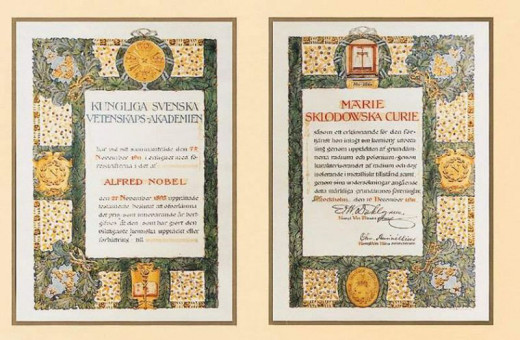
Marie and Pierre Curie in their lab
